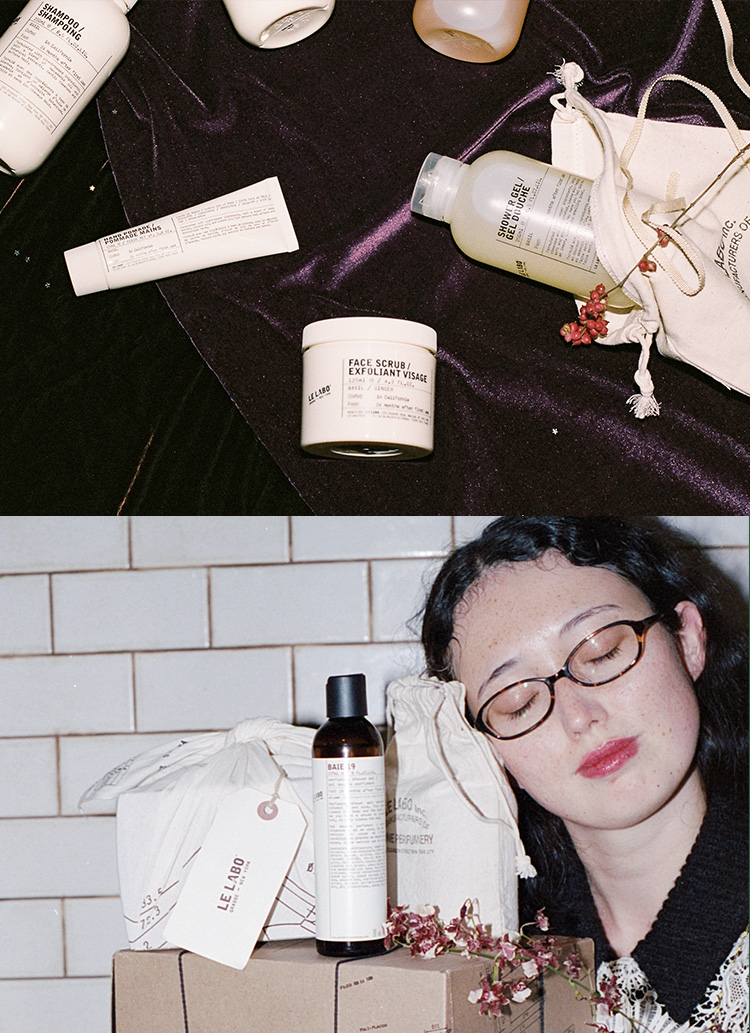How is Brude Protein™ Fiber made?

DNA is like a blueprint that determines the properties of a protein. The DNA is optimized according to whether the material to be produced is wool or leather.

(2) Introduce the designed DNA into the microorganism. The key point is to select a microorganism that can efficiently produce the protein you want to make, and then use a test tube or petri dish in very small quantities to check whether the culture proceeds according to the blueprint.

(3) Microorganisms in (2) are placed in a tank and given a source of nutrients to feed on, which causes them to multiply and fermentation to proceed. Fermentation, by the way, is a process in which microorganisms take in nutrients and create something beneficial to humans. This is the same principle behind the production of beer and cheese.
In this case, the nutrition is sugar derived from plants such as sugar cane and corn, and the product is protein.

4) This is how the granular protein, "Brude Protein™ Polymer," is created.

(5) Dissolve "Brude Protein™ Polymer" in a liquid and push it out gnuously using a device with fine holes like a shower head. Then, "Brude Protein™ Fiber," a thread according to the size of the hole, is completed.









